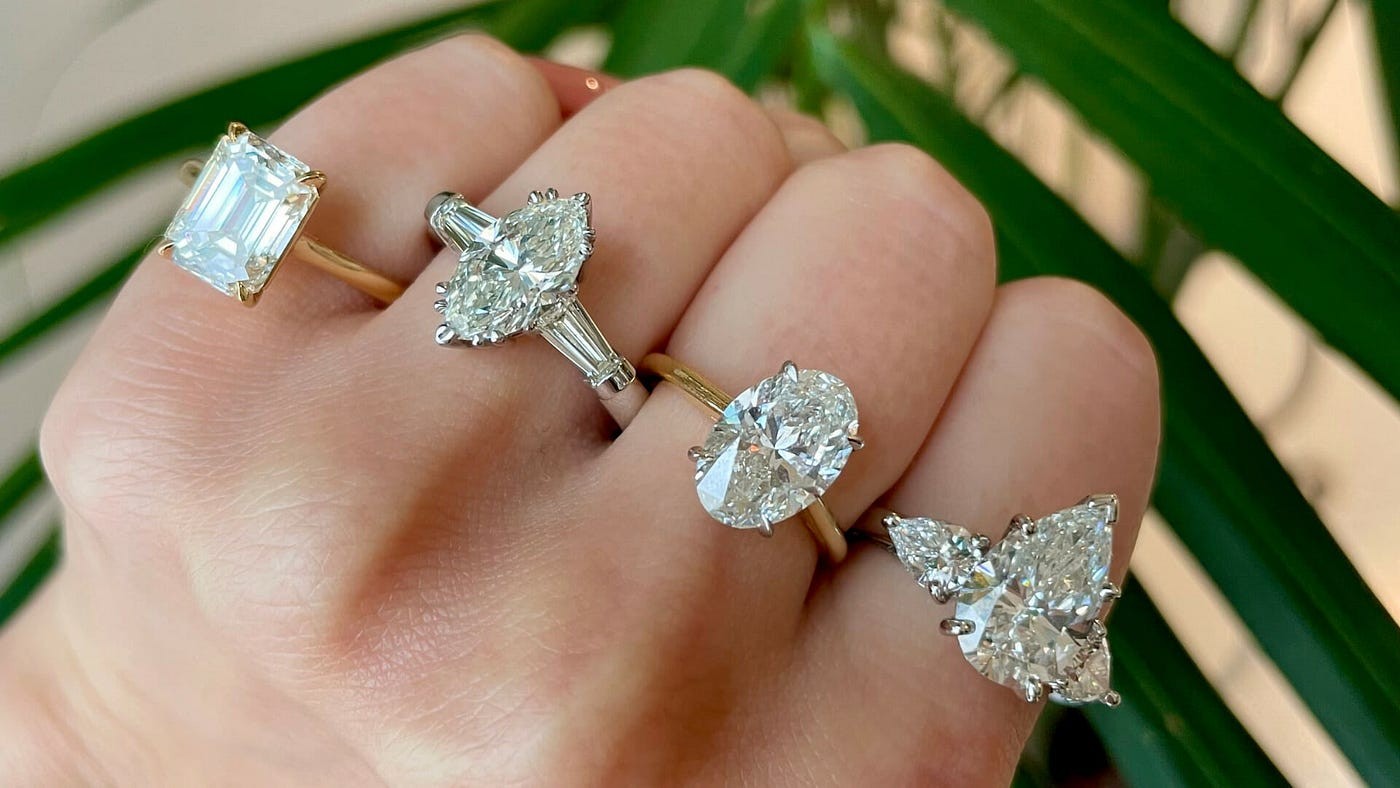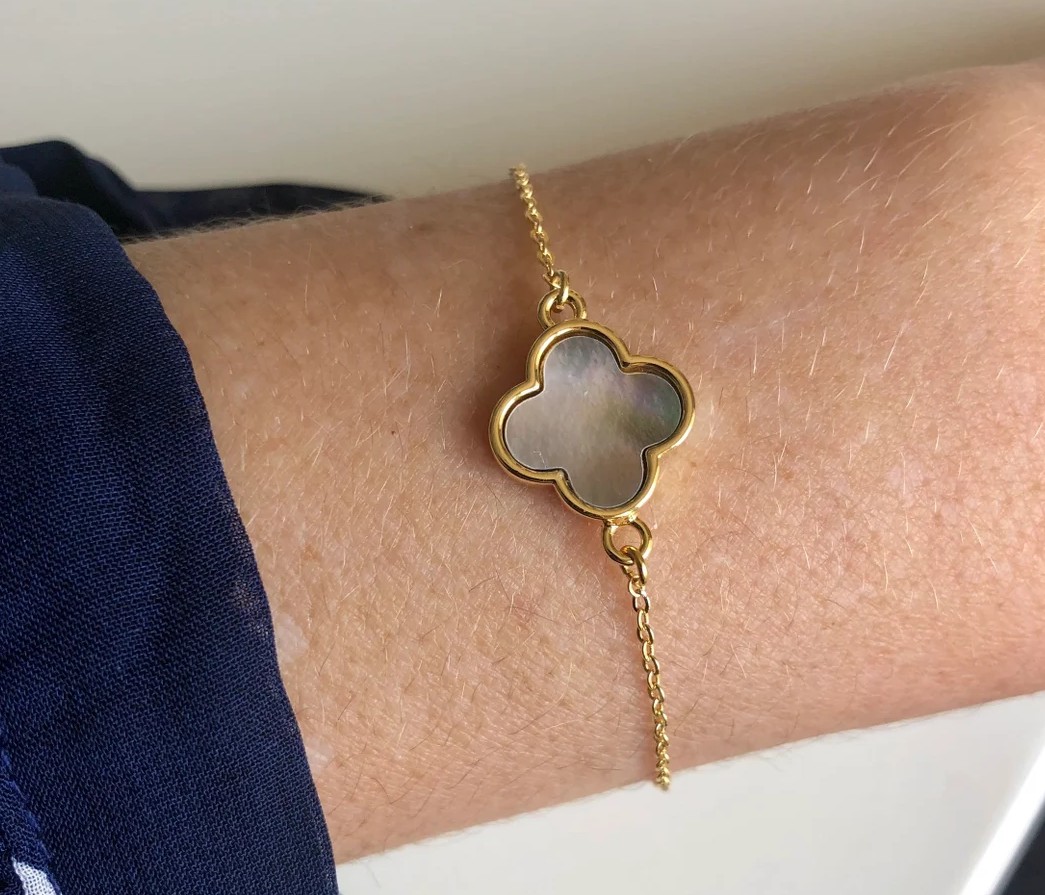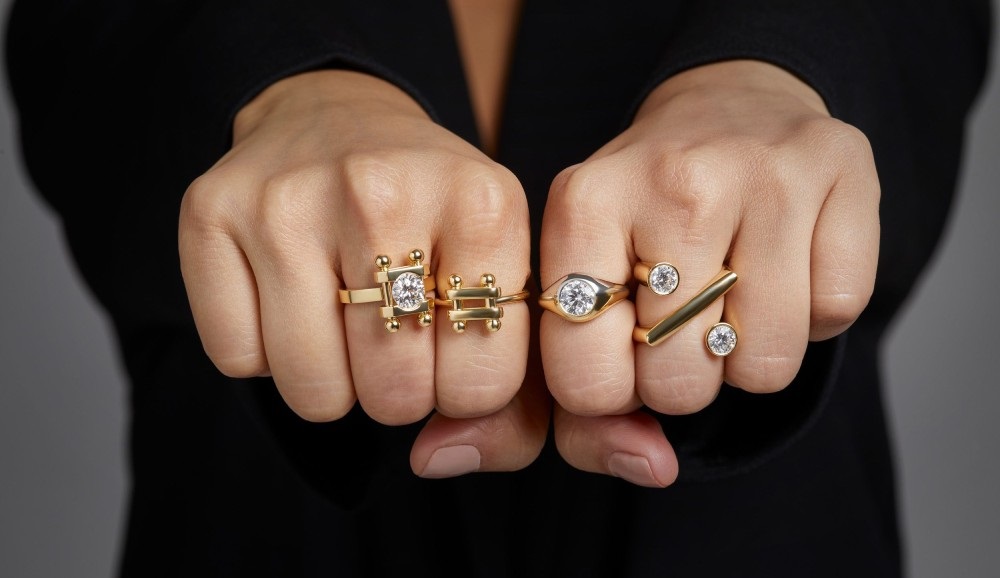When selecting the perfect engagement ring, many couples are choosing not only what sparkles the most but also what aligns with their values. In recent years, lab diamond engagement rings have grown in popularity, offering an eco-friendly and ethical alternative to traditional mined diamonds. With a heightened awareness of environmental impact, lab-grown diamonds are emerging as a conscious choice that symbolizes love without compromising the planet.
Understanding Lab Diamond Engagement Rings
Lab diamonds, also known as grown or cultured diamonds, are created using advanced technology that replicates the natural diamond-growing process. These diamonds are made in a controlled laboratory environment and possess the same chemical, physical, and optical properties as mined diamonds. They are indistinguishable from natural diamonds to the naked eye and require specialized equipment to differentiate.
Lab diamond engagement rings are gaining favor not only for their beauty but also because they eliminate many of the negative consequences associated with traditional diamond mining.
The Environmental Impact of Mined Diamonds
Diamond mining is a resource-intensive process. It involves large-scale land disruption, deforestation, water pollution, and energy consumption. Open-pit mining, in particular, has severe consequences on local ecosystems. Beyond the environmental footprint, diamond mining can also lead to human rights abuses, including unsafe working conditions and exploitation in some regions.
Traditional diamond mining consumes significant amounts of water and energy, contributing to global environmental degradation. For instance, mining one carat of diamond can involve moving up to 100 tons of earth, with major emissions produced in the process. The carbon footprint left by these operations has raised concerns, especially for eco-conscious couples who wish to reduce their impact on the planet.
How Lab Diamond Engagement Rings Are Eco-Friendly
1. Reduced Carbon Footprint:
One of the most significant advantages of lab diamond engagement rings is their lower carbon footprint. Lab-grown diamonds require considerably less energy compared to the process of extracting diamonds from deep within the Earth. Advanced methods, like Chemical Vapor Deposition (CVD) and High-Pressure High-Temperature (HPHT), have been refined to create diamonds using far less energy. Additionally, some companies producing lab-grown diamonds rely on renewable energy sources, further reducing their environmental impact.
2. No Land Displacement or Ecosystem Damage:
Unlike mined diamonds, lab diamonds do not require digging vast areas of land, which often leads to habitat destruction, soil erosion, and the displacement of wildlife. Since lab-grown diamonds are created in controlled environments, there’s no need for deforestation or the use of harmful chemicals that could potentially seep into local water supplies, making lab diamond engagement rings a much more sustainable choice.
3. Less Water Consumption:
Mining diamonds requires large quantities of water, which can strain local water supplies, especially in regions already facing water shortages. On the other hand, lab-grown diamonds use significantly less water in their production, making them an eco-friendly option in comparison. This reduction in water use contributes to overall sustainability efforts and helps preserve vital resources.
Ethical Considerations
Besides being environmentally friendly, lab diamond engagement rings are also a more ethical option. Traditional diamond mining has a history of human rights abuses, including child labor, dangerous working conditions, and conflict diamonds, which are used to finance violence in war-torn regions. By opting for a lab-grown diamond, couples can rest assured that their diamond is free from any unethical practices. These diamonds are conflict-free and traceable, giving buyers peace of mind.
The Future of Engagement Rings
Lab diamond engagement rings are not only a symbol of love but also a step toward a more sustainable future. They represent an exciting shift in how we think about luxury and responsibility. As technology continues to improve, lab-grown diamonds will likely become even more accessible, further reducing their environmental impact and making them an even more appealing option for couples looking to make a positive difference.
In conclusion, choosing a lab diamond engagement ring allows couples to express their love while being mindful of the planet. With a reduced carbon footprint, less environmental destruction, and ethical sourcing, these rings shine brightly not just in their beauty but in their ability to make a meaningful impact.






